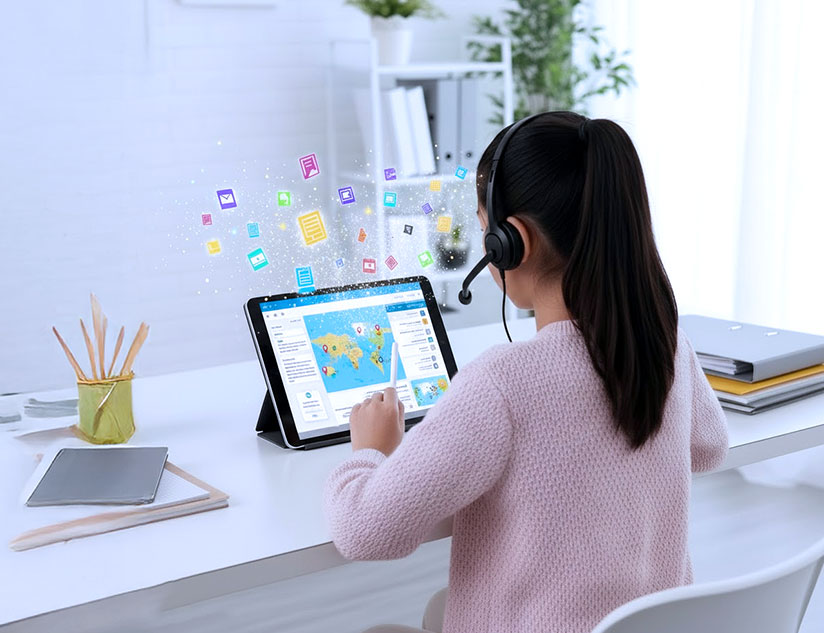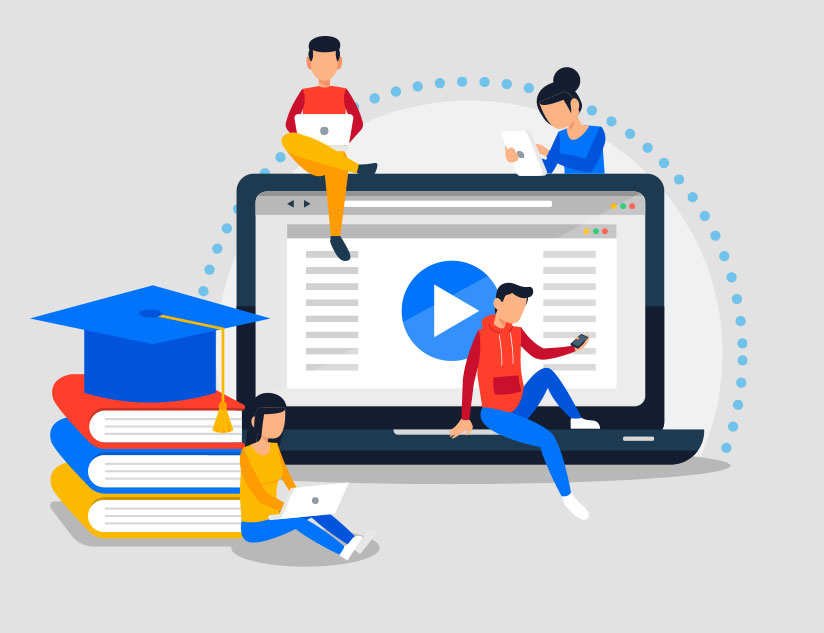The popularity of microlearning as a new-age educational tool is on the rise, especially given the ever-reducing attention spans of learners. The average attention span of the Millennial generation is 90 seconds and by 2025, Millennials alone will make up that 75 percent of the workforce. Microlearning is a training method that offers conceptual learning in bite-sized pieces instead of long sessions.
It’s barely a surprise then that there are several myths surrounding microlearning and its application. Let’s dispel some commonly associated myths with microlearning:
- Microlearning applies to all situations: While microlearning does cover a variety of subjects, it’s not ideal for learning all kinds of skills. For instance, mastering a new software will require time and patience, which can’t and ideally shouldn’t be substituted with anything less satisfactory. Similarly, students can’t be expected to pick up a language, such as Mandarin or any other for that matter, just by watching several bite-sized videos. Thus, there are certain skills; wherein microlearning might not be as effective as it would be in other areas.
- Microlearning is all about content chunking: Microlearning is much more than breaking content down into smaller pieces. It’s a process that involves presenting a topic in an entirely different way, and chunking information is just one aspect of it. One of the most common misconceptions is that e-Learning professionals can create microlearning modules by simply breaking the subject matter down into smaller lessons. But what is not understood is that each module must cover core ideas of a concept, thereby completing an entire thought. Simply dividing concepts into chunks and hoping for learners to internalize them by watching 5-minute videos will hardly produce any substantial results. The goal of microlearning is to make e-Learning easier to understand for learners. Therefore, a fragmented video on, for instance, economics or physics concepts, would leave students confused and with no clear understanding of any single concept. Hence, creating microlearning content demands a more holistic view of individual concepts. The microlearning version of a poem in literature wouldn’t just be a trimming of the poem in question, but would rather be its interpretation, setting, and expounding offered on several other elements.
- Microlearning works on a set time frame: Since different learners grasp concepts at different speeds, there’s no set time frame for microlearning. It varies with each learner. The lesson should be long enough to finish a concept but in the most concise manner. Microlearning units are complete only when learning experiences are self-contained, and aren’t left incomplete.
- It’s a substitute for e-Learning courses: Microlearning isn’t a replacement for e-Learning courses but is instead a powerful tool used to reinforce lessons. Ideally, it’s considered a support tool to enhance retention and comprehension. Therefore, it shouldn’t be treated as a replacement for e-Learning courses or a standalone resource. In preference, microlearning should be utilized in the context of an e-Learning course’s content, such as short e-Learning takeaways. For instance, educators can have learners watch an online presentation that covers a concept’s basics and then offer them a micro learning in the form of a short 3-minute e-Learning video.
- Any module under 5 minutes is microlearning: Not all short form content is microlearning; it must be holistic enough to contain the key points of the lesson. Microlearning is offered in different formats to suit individual learning styles, making the entire learning process adaptive and interactive. So, any 5-minute video cannot be called a Microlearning module unless it succinctly and comprehensively explains the subject matter in question. Just like we sort our files into various folders to organize our desktop better; similarly, our brain retains lessons better when it’s provided with context. Thus, an effective microlearning lesson should provide ample context for a compelling story.
- Microlearning can make you a subject matter expert overnight: Gaining an understanding of a subject requires studying it in depth. Watching quick videos that simply touch upon the basics is hardly the road to attaining expertise over the subject matter. Any learning takes time, and which is why microlearning isn’t the best way to gain a deep understanding of a subject in a short span of time. There will always be areas, such as developing communication skills, mastering new software, etc., that lie beyond the scope of microlearning. Therefore, K-12 learners can’t be expected to become science experts by watching short videos with interactive, learner-focused content.
- Microlearning is ideal for retention: Microlearning is not always ideal for retention and is sometimes used only for performance support. It’s merely a support tool that enables faster learning through educational nuggets. Microlearning is suitable for deepening comprehension of academic concepts for students with short attention spans. For instance, students watching short, game-based videos on mathematical concepts on their smartphones will gain a deeper understanding of the subject. However, the appropriate e-Learning module must be targeted for long-term retention.
Although, still in its adoption stage, microlearning seems promising for the e-Learning sector. While it can’t be denied that a few aspects of effective education might be hard to accomplish with microlearning, it still opens the gateways to various modern learning methods, if properly executed and utilized.













